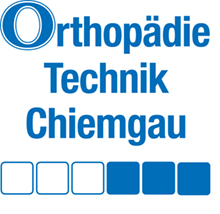Congenital dysmelia and its orthopaedic care
Congenital limb defects (dysmelesatas dysmelia) are different pronounced faults of the upper and lower extremities, which manifest themselves even before birth. Depending on the severity, they can lead to cosmetic and functional impairments of the extremities. The extent of congenital dysmelia is not always limited to a single limb or limb. A limb section. There are also combined malformations that spread simultaneously across multiple sections. Dysmelia can also occur on both sides.
In transverse limb malformations, which are predominantly observed at the upper limb, either the affected limb was not applied or it was laced. In the clinical picture, transverse dysmelia resemble an amputation and are therefore treated with prostheses. The supply of longitudinal limb malformations, which mainly affect the lower limb (e.g. Fibula defect, proximal focal femoral defect (PFFD) or tibiaaplasia), on the other hand, is much more varied. This is where orthoprostheses are preferred.
